When vegans and vegetarians say that people who are concerned about climate change and the future of the planet should reduce meat consumption and move toward a plant-based diet, they’re absolutely right. But where does fish fit into the picture?
Fishing boats burn fossil fuels and litter the sea with broken nets and other debris. Unlike land-based meat production, however, the fishing industry doesn’t rely on massive inputs of feed, water and veterinary drugs.
The carbon footprint of a kilogram of herrings, sardines, or anchovies — after processing but before shipping to a point of sale — is just 1.87kg CO2e, according to CarbonCloud. That carbon accounting platform calculates that a similar quantity of British beef adds 32.2kg CO2e to the atmosphere.
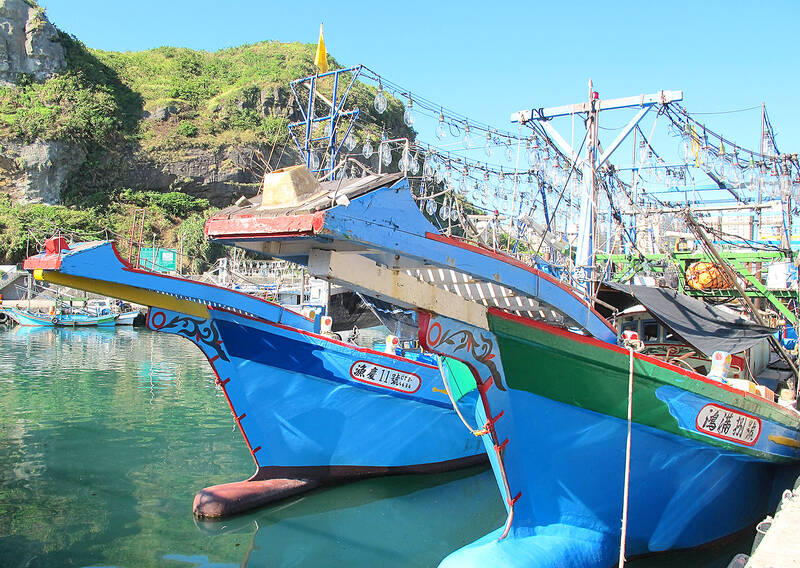
Photo: Steven Crook
Taking more fish from the sea so we can scale back livestock operations isn’t a practical option, however. Decades of overfishing means that there aren’t as many fish in the sea as there used to be. And the state of wild fish stocks may be even more parlous than specialists thought a few years ago.
Summarizing a research paper he coauthored for Science (Aug. 23, 2024), Tasmania-based academic Graham Edgar, wrote for The Conversation Web site that “populations of many overfished species are in far worse condition than has been reported, and the sustainability of fisheries was overstated.”
OVERFISHING
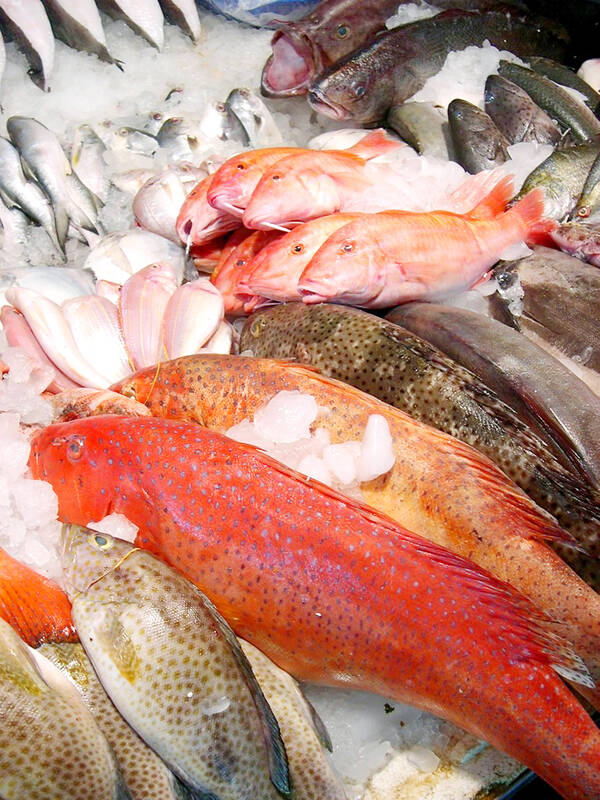
Photo: Steven Crook
Edgar and his coauthors examined data from 230 major fisheries that comprise a total of 128 piscine species. The scientists paid particular attention to the biomass (total body weight) of fish stocks, as when the biomass of a particular stock goes below 10 percent of its pre-exploitation size, it’s considered to have collapsed.
In two thirds of those fisheries, they concluded, the extent of depletion has been significantly underestimated. Efforts to sustainably manage fish stocks have been undermined by inaccurate and overoptimistic data.
It’s possible for fish stocks to come back from collapse, but it requires effective enforcement, stakeholder collaboration and a great deal of time. In the early 1990s, the Northern cod, a mainstay of Eastern Canada’s fishing industry, collapsed to just 1 percent of historic levels. Years of moratoriums, research and disputes followed, but last year the Canadian authorities felt sufficiently confident to increase the annual quota to 18,000 tonnes — double that of 2018, but less than a fortieth of the peak catch in 1968.
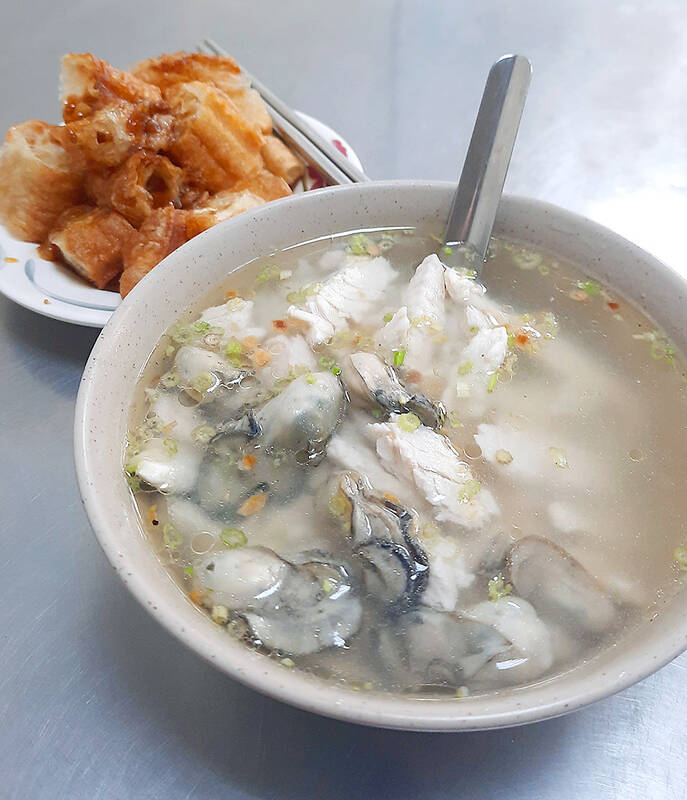
Photo: Steven Crook
A 2023-2024 survey by Greenpeace suggests that those parts of the ocean that supply Taiwan’s seafood markets are being overfished. Greenpeace volunteers measured 8,038 fish at six markets around the country, comparing the length of each one with the 50-percent reference value for sexual maturity (Lm50, the size at which half of that species’ population is considered sexually mature).
Catching wild creatures before they’re able to reproduce is obviously bad for the population’s long-term viability. For 24 of the 40 species covered by Greenpeace’s survey, over half of the fish hadn’t reached Lm50. And for seven of those species, including the often-eaten white/silver pomfret (Pampus argenteus, 白鯧/銀鯧), more than 90 percent fell short.
Some Taiwanese may be complacent when it comes to the issue of overfishing, reasoning that the country’s sizable aquaculture industry will provide fish even if the oceans don’t. But eating fish raised in ponds doesn’t necessarily mean fewer fish are taken from the ocean, says Liao Yun-chih (廖運志), an associate professor at the University of Taipei’s Department of Earth and Life Sciences.
While aquaculture has the potential to relieve pressure on wild stocks, “it still relies heavily on wild-caught forage fish such as anchovies, sardines and mackerel to feed carnivorous species like salmon and groupers,” he says.
In that sense, he adds, “aquaculture is not entirely sustainable because it doesn’t fully eliminate fishing pressure on wild populations.”
FOOD FOR FISH
By weight, at least 20 percent of the wild fish caught each year aren’t eaten by humans but instead converted into fish meal and fish oil which is then used to nourish farmed fish, poultry and pigs. One irony is that around 90 percent of the fish rendered into feed — among them the forage species mentioned by Liao — are fit for direct human consumption.
Scientists have developed alternative feeds based on microalgae, and companies like Amsterdam-based Corbion promote them, claiming the omega-3 they contain results in healthier fish. Because their microalgae are grown in closed fermentation tanks, they “do not contain the persistent organic pollutants that naturally accumulate in fish oil,” and the process has “low carbon, water and land use impact,” according to Corbion’s Web site.
Making aquaculture more sustainable requires action on several fronts, says Liao. In addition to exploring alternative sources of protein, the industry should favor herbivorous species over carnivorous species. Other goals should be “improving waste and nutrient management to avoid coastal pollution, promoting native or non-invasive cultured species, and ensuring traceability and transparency in the production chain,” he says.
In Liao’s opinion, certification systems like those offered by the Europe-based Aquaculture Stewardship Council can help, but “locally adapted guidelines and incentives are also needed.”
While acknowledging that overfishing of the oceans is an ongoing global problem, Liao sees some positive developments, saying: “Certain fisheries with effective management practices and ecolabel certifications, such as the Marine Stewardship Council, offer promising models.”
Citing the government’s support for the Ocean Heart ecolabel (海洋之心生態標章), he says, “ I believe we are moving toward a more sustainable ocean, step by step.”
In his previous positions at Academia Sinica and the National Museum of Marine Science and Technology, Liao was the primary contributor to the Seafood Guide Taiwan (fishdb.sinica.edu.tw/seafoodguide/), which also involved the Taiwan Ocean Conservation and Fisheries Sustainability Foundation (臺灣海洋保育與漁業永續基金會, TOFF).
The guide urges consumers to “buy the right fish, eat the right fish [and] do your part for marine conservation!”
Liao has also participated in a seafood sustainability assessment for Kenting National Park, evaluating criteria such as: population trends and current stock status; biological characteristics; fishing equipment and methods; environmental impacts; and management measures for wild-caught species.
“For aquaculture species, we examined larvae sources, feed, environmental impacts, and farm management,” he says.
Drawing on their research, Liao and his colleagues issued science-based advice, detailing which species consumers can enjoy with a clear conscience and which they should steer clear of.
MISSED OPPORTUNITIES
However, there have been missed opportunities when it comes to amplifying the impact of these efforts, Liao says. Academia Sinica’s guide attracted some media coverage, and it was integrated into a number of educational events, but Liao thinks that “broader and more sustained public outreach — especially through digital platforms, schools and community events — could have extended its reach significantly.”
The assessment conducted for Kenting National Park “was rigorous, and they printed posters and brochures to promote sustainable seafood at events and restaurants around Kenting, but the results weren’t widely communicated to the general public.”
This is somewhat galling, as Liao describes low public awareness as “one of the biggest challenges.” When consumers choose seafood, he adds, “most are unaware of the species’ stock status, fishing methods or the environmental impacts of their choices. They’re mainly concerned about the price.”
Noting that the Seafood Guide Taiwan emphasizes environmental education and promotes responsible consumption, Liao says: “I’d like to see sustainability content integrated more fully into formal education. Building environmental awareness from a young age is key to long-term change.”
Part Two of this article will look at what Taiwanese consumers can do to help save the oceans’ wild fisheries.
Steven Crook, the author or co-author of four books about Taiwan, has been following environmental issues since he arrived in the country in 1991. He drives a hybrid and carries his own chopsticks. The views expressed here are his own.
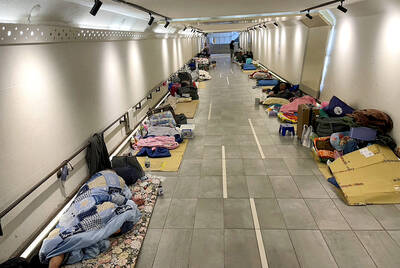
From the last quarter of 2001, research shows that real housing prices nearly tripled (before a 2012 law to enforce housing price registration, researchers tracked a few large real estate firms to estimate housing price behavior). Incomes have not kept pace, though this has not yet led to defaults. Instead, an increasing chunk of household income goes to mortgage payments. This suggests that even if incomes grow, the mortgage squeeze will still make voters feel like their paychecks won’t stretch to cover expenses. The housing price rises in the last two decades are now driving higher rents. The rental market

July 21 to July 27 If the “Taiwan Independence Association” (TIA) incident had happened four years earlier, it probably wouldn’t have caused much of an uproar. But the arrest of four young suspected independence activists in the early hours of May 9, 1991, sparked outrage, with many denouncing it as a return to the White Terror — a time when anyone could be detained for suspected seditious activity. Not only had martial law been lifted in 1987, just days earlier on May 1, the government had abolished the Temporary Provisions Effective During the Period of National Mobilization for Suppression of the Communist

When life gives you trees, make paper. That was one of the first thoughts to cross my mind as I explored what’s now called Chung Hsing Cultural and Creative Park (中興文化創意園區, CHCCP) in Yilan County’s Wujie Township (五結). Northeast Taiwan boasts an abundance of forest resources. Yilan County is home to both Taipingshan National Forest Recreation Area (太平山國家森林遊樂區) — by far the largest reserve of its kind in the country — and Makauy Ecological Park (馬告生態園區, see “Towering trees and a tranquil lake” in the May 13, 2022 edition of this newspaper). So it was inevitable that industrial-scale paper making would
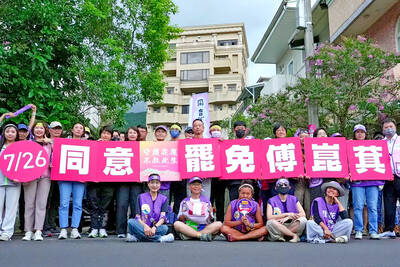
Hualien lawmaker Fu Kun-chi (傅?萁) is the prime target of the recall campaigns. They want to bring him and everything he represents crashing down. This is an existential test for Fu and a critical symbolic test for the campaigners. It is also a crucial test for both the Chinese Nationalist Party (KMT) and a personal one for party Chairman Eric Chu (朱立倫). Why is Fu such a lightning rod? LOCAL LORD At the dawn of the 2020s, Fu, running as an independent candidate, beat incumbent Democratic Progressive Party (DPP) lawmaker Hsiao Bi-khim (蕭美琴) and a KMT candidate to return to the legislature representing